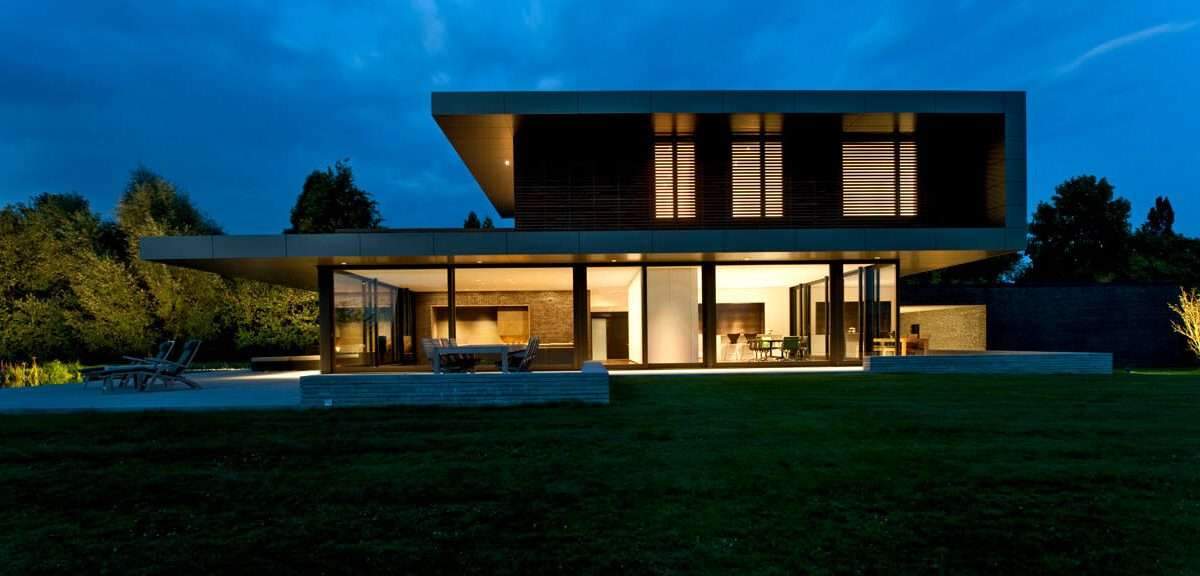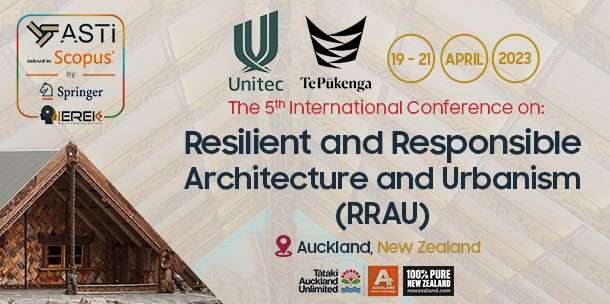How Scenography Changed Architecture
Scenography, in general, is an outstanding practice of art that gives artists the ability to freely express several perspectives.
It is mostly used to represent certain atmospheres by crafting an area with a unique combination of physical material and technological tools including graphics, lights, sounds, sound effects, costumes, images, music, colors, shapes, accessories, decoration, and other important aspects.
By taking advantage of each one of these elements, artists can easily send a message to the audience or share an idea.

What is the definition of scenography in architecture?
Scenographers, nowadays, are not only found to be working at theaters, but they also work in other professional fields such as museums, fashion, and most importantly, in this case, architecture.
It is a spatial culture in which multiple disciplines are merged all together creating a valid set of fictitious spaces that seem out the world. That is how contemporary interior designs are made. Combining scenography with architecture can create powerful approaches that ensure audience engagement. It converts fixed physical spaces that may seem dull into creative spaces.
As a result, scenography in architecture has a significant impact on external environments as well as the minds, souls, and imaginations of both artists and audiences.
How is architecture related to scenography?
The major similarity between scenography and architecture is their common goal.
Both of them aim to change empty traditional places to totally different places for many purposes; allowing many creative architectural designs to take place. Therefore, architects use scenography to build a more interactive atmosphere in which people influence each other.
Additionally, scenography and architecture share a very similar condition, Which includes many different technical and technological requirements utilized in both.
Another similarity is expectations. For example, both scenography and architecture are expected to attract attention, impress minds, and inspire people through creative architectural designs or unique performances, or both.
How did scenography in architecture begin?
Back a couple of years ago, scenography and architecture were two separate forms of art and were completely different. However, an important shift occurred and entirely changed that statement.
They are no longer separate or completely different. That major shift was when artists linked theatrical scenes with architecture; it had a huge impact on numerous theoretical performances with the use of scenography and architecture.
What is the importance of scenography in architecture?
This huge shift, as mentioned above, made an unforgettable transformation in the world of architecture. It allowed architects and scenographers to come together and create incredibly creative architectural designs, artworks, contemporary interior designs, and memorable masterpieces.
In addition to that, the combination of scenography and architecture helped build a solid base for theatrical performances, and architectural designs through various innovative elements.
Nevertheless, scenography in architecture can speak louder than words, it can tell stories, send messages, share ideas, and express feelings. It can connect people together. Not only that, but it can also help designers, architects, and artists reach their target audience faster by attracting the right group of people using certain sounds, images, colors, and other elements as mentioned previously.
In other words, the combination of scenography and architecture is the perfect speaking element for both theatrical performances as well as architectural designs.
It is considered an asset that can produce aesthetic dimensions and add life to any empty, dull place. Not only did it increase creativity, innovation, and imagination, but it also allowed architects to express certain ideas and/or emotions better through creative architectural designs in addition to being able to communicate their messages a lot more freely with the audience.
For instance, architects can use lights and colors in order to create a specific environment for the audience; these two powerful factors (along with others) play a huge role in establishing the perfect contemporary interior design, which is highly psychological, intellectual, and aesthetic with meaningful values.

Conclusion
Taking everything into account, scenography has contributed to many creative architectural designs, theoretical performances, contemporary architectural designs, and aesthetic pieces of art.
Scenography in architecture leads to building meaningful structures that enable architects to attract the audience’s attention, easily and quickly.
It reflects emotions, psychological content, and specific messages/ideas by taking advantage of every element such as dimensions, colors, graphics, etc.
You may like: Five Trends Leading to the Rise of Data in the AECO Industry
You can also follow more articles on ArchUp







